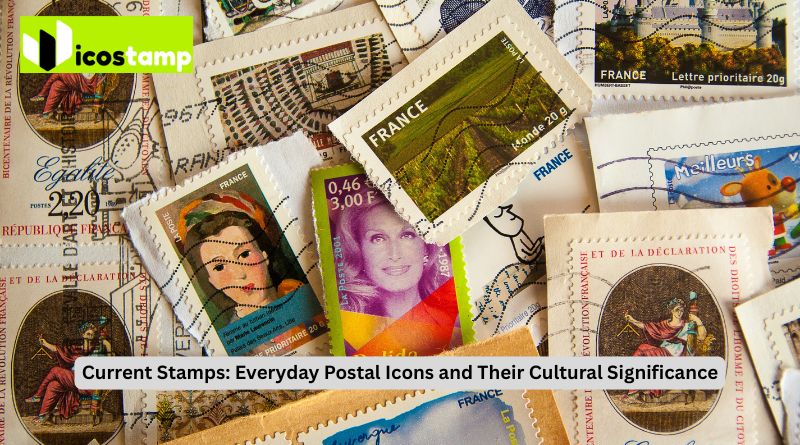Introduction
In our fast-evolving digital world, current stamps—commonly known as definitive stamps—play an indispensable role in daily communication. Far from being relics, they are essential postal tools and cultural symbols that bridge the everyday with the historical.
What Are Current (Definitive) Stamps?
Current or definitive stamps are the regular postage issued by a country, designed for long-term, everyday use. They’re available in various denominations to meet changing postal rates and are often produced in simpler designs compared to commemorative issues.
Their Ongoing Use
Despite digital communication trends, physical mail remains important—especially in regions with limited internet access. Stamps continue to facilitate these connections and serve practical postal functions.
Cultural and Historical Significance
Even simple designs often reflect national identity. For example, Pakistani definitive stamps have highlighted milestones like independence and infrastructure achievements, including Mangla and Tarbela dams, or national events such as the Lahore Summit.
The Appeal to Collectors
Minimal design changes over long lifespans make these stamps intriguing to philatelists. Minor color shifts or printing variations can make definitive stamps just as prized as commemoratives.
Innovation and Modern Adaptations
Postal administrations are increasingly enhancing stamps’ utility and appeal. Some now incorporate QR codes, augmented reality, and other interactive features, blending tradition with technology.
Global Snapshot
United States: Releases tens of billions of stamps annually, including definitive issues that form the backbone of daily mail.
United Kingdom: Recently issued definitive stamps featuring the new effigy of King Charles III, replacing Queen Elizabeth II’s image.
Pakistan: Uses definitive and commemorative stamps to spotlight national heritage, events, and achievements.
Why They Matter
Everyday Utility: They’re the workhorse stamps for mail.
Historical Record: Definitive stamps often reflect evolving national narratives and identities.
Philatelic Interest: Even small design changes offer rich fields for collectors.
Innovation Potential: Modern features add layers of engagement and functionality.
Education & Culture: Stamps act as tiny storytellers, preserving memories and fostering awareness.
Conclusion
Current stamps are much more than functional postage—they are cultural artifacts, collectible treasures, and platforms for innovation. As we send simple envelopes across cities and continents, each stamp carries a story, connecting us to our heritage and to one another.

